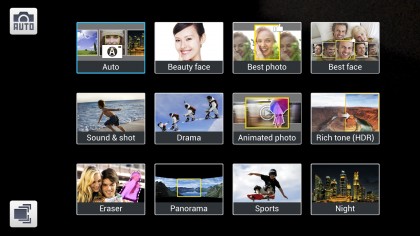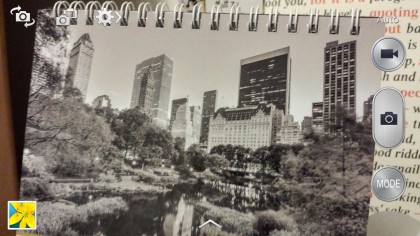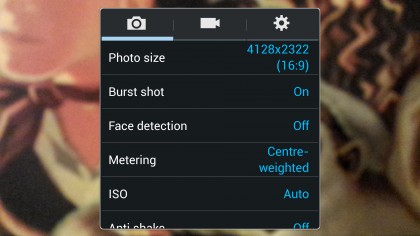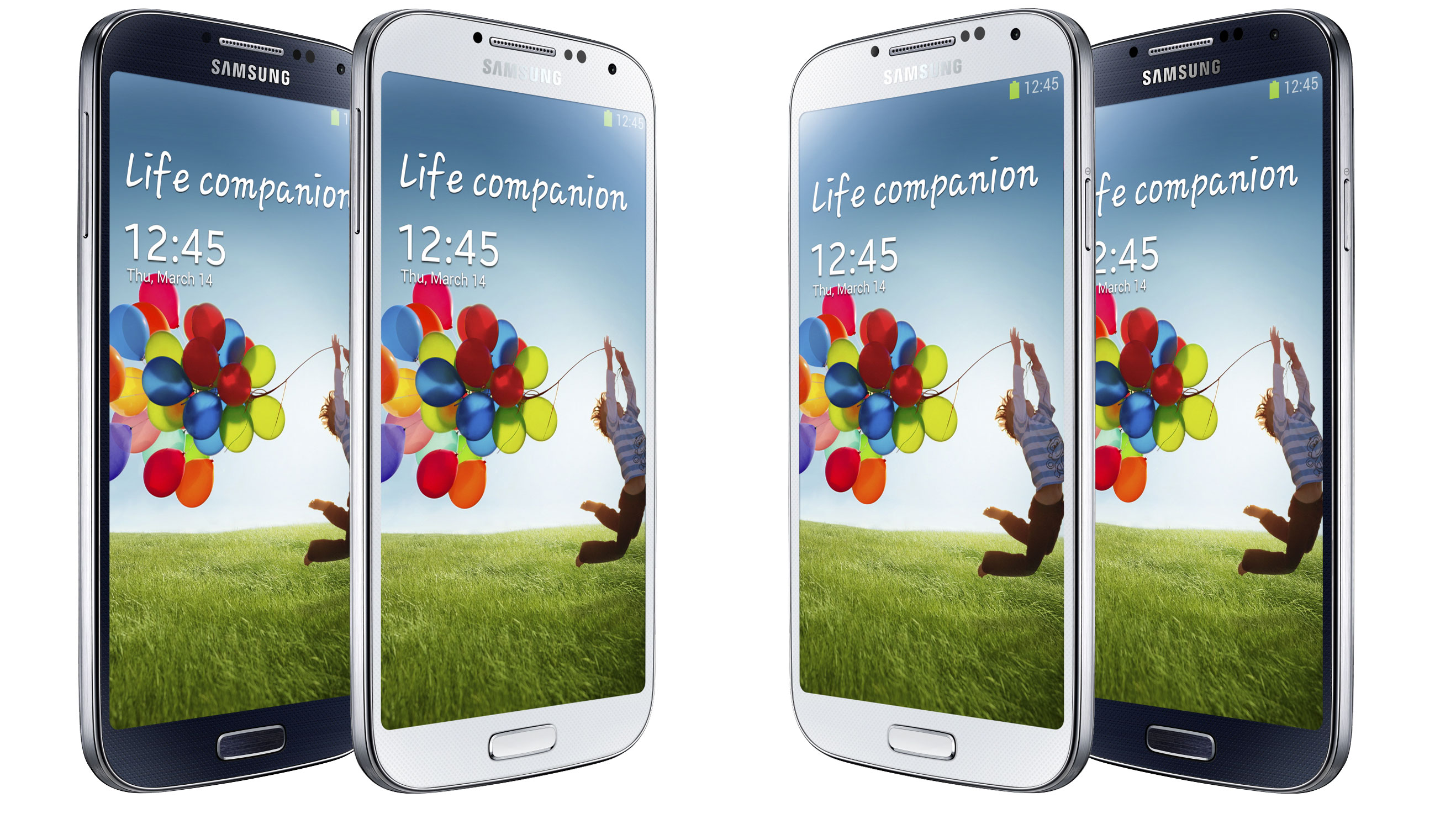Why you can trust TechRadar
The Samsung Galaxy S4 camera represented a big upgrade over previous sensors it had put into phones, and with a 13MP sensor you can see why. It is still capable of taking some stunning photos and comes with a decent auto mode, which enables you to get really great shots no matter what the framing.
This means you can be taking a picture of a landscape one minute, then trying to get an extreme close up of a daffodil the next, and the Galaxy S4 camera will handle both with aplomb.
There are also a number of clever modes available on the handset that take their UI cues from the original Samsung Galaxy Camera, and which have made their way into subsequent Samsung phones and tablets. This means that a quick tap of the "mode" button below the on screen shutter will give you a scrollable wheel of options to choose from.

These options include drama, eraser and beauty face, as well as queuing up the likes of rich tone (HDR) mode to improve the quality and light levels of your snaps. For the most part they have a good role to play in your photography, and I'm glad Samsung hasn't over-burdened the user with too many modes.
There are some issues with this method however, and I'm not sure how you'd solve them: eraser mode enables you to take five pictures and if someone walks into the shot the phone will recognise the intruder and ask if you want to remove it.
This is a brilliant idea in theory, but the fact you have to enable it as a setting before taking the shot means that unless you leave the camera in this mode all the time, you'll only get the full benefit when you know you're likely to get people walking behind.
The other problem I have is the settings side of the user interface. I applaud Samsung for going with simplicity first, and by that I mean that users aren't presented with a settings menu as long as their arm when trying to take a quick picture of a cat or child doing something funny.

However, as you'll see in a moment, the Galaxy S4 camera does struggle in some conditions, and as such the only way to mitigate these problems is to do things like increase the exposure or enable night mode. If you want to do this then you'll have to acquaint yourself with the settings menu in the top left-hand corner of the camera app, which has a number of icons to toggle on and off.
That said, what is on offer does really work. Night mode is a good way of increasing the brightness of your photos when things are getting a little dark - although you'll have to make sure that you're able to hold the camera steady if you don't want blur. I've tried a number of smartphones with this mode though, and the Galaxy S4 was one of the better ones, plus being able to enable it automatically is brilliant.
Other tricks, like being able to take a drama shot, are pretty close to the innovation spawned from other manufacturers. In this case, the functionality is almost identical to that seen on the Nokia Lumia 925 and (more recently) the Nokia Lumia 930, although I'm glad to see it again as it does enable you to make some pretty funny GIFs.
The other new ideas, such as being able to take a picture using the front and back camera simultaneously, are niche at best. Samsung made a big deal about this new function at the launch of the Galaxy S4, but in reality I still can't ever see a scenario where you want your face to be in the picture too. I do like that you can have loads of frames for your face though, so there are scenarios to use it - it's just not a USP of the phone.

I also found that, following the Android 4.4 update, this latter feature seemed to crash the camera app from time to time. In fact, the camera app in general wasn't quite as stable as I would have liked. Hopefully this will be fixed with the Android 5.0 upgrade that's coming soon.
But enough about what it can do; how good is the Samsung Galaxy S4 camera in day-to-day use? In all honesty, it's brilliant in many ways. I mentioned that it's possible to take some stunning shots, but then I'd expect it from a 13MP camera with Samsung's burgeoning photography heritage.
When stacked against the HTC One, the Samsung Galaxy S4 camera is superior in one way, but less useful in another. For one, the focal length is much poorer, meaning you have to stand further away from the subject to get the same shot you would on the One.
In theory this sounds great, but as you can see from my comparison shots, the HTC is much better at pulling out the object of the photograph. Then again, the Galaxy S4 has a more balanced composition, meaning the chance to get a brilliant photo is stronger. It doesn't over expose for the sake of it, so while photos might look better on the One's phone screen, the jaw dropping effect of the S4 is higher.

In low light, the HTC One with its UltraPixel technology is streets ahead of the Galaxy S4, unless you place the latter into Night Mode after which it's more even. However, the One manages low light shots almost instantly, while the S4 needs a lot of processing.
In short, as you'll see below, the Galaxy S4 is a good phone to take a load of pictures on. It has since been superseded by more recent efforts like the Galaxy S5 and the Sony Xperia Z3, of course, but it still holds its own if you take your time to get it right.
If you're looking for a more even picture with the ability to zoom in on certain parts of the shot it's a decent option, but for point and shoot ability I would recommend either the HTC One M8 or its new successor the HTC One M9.
We'll have to wait and see how good the 16-megapixel camera inside the Samsung Galaxy S6 is when we put it through its paces, but the early signs are good.

Gareth has been part of the consumer technology world in a career spanning three decades. He started life as a staff writer on the fledgling TechRadar, and has grew with the site (primarily as phones, tablets and wearables editor) until becoming Global Editor in Chief in 2018. Gareth has written over 4,000 articles for TechRadar, has contributed expert insight to a number of other publications, chaired panels on zeitgeist technologies, presented at the Gadget Show Live as well as representing the brand on TV and radio for multiple channels including Sky, BBC, ITV and Al-Jazeera. Passionate about fitness, he can bore anyone rigid about stress management, sleep tracking, heart rate variance as well as bemoaning something about the latest iPhone, Galaxy or OLED TV.
